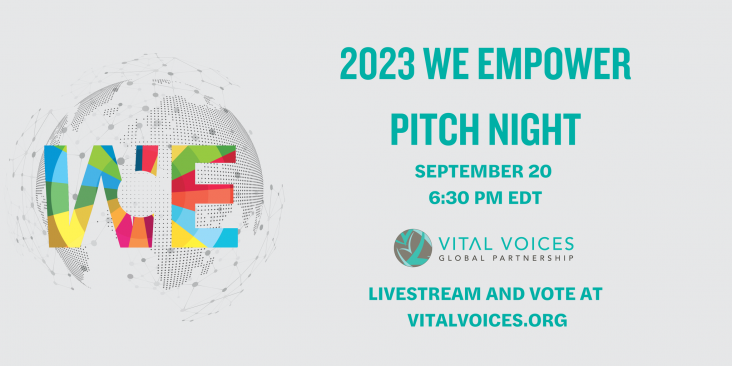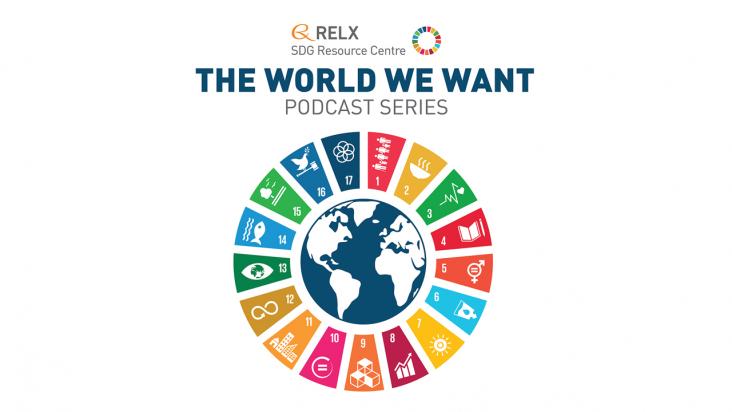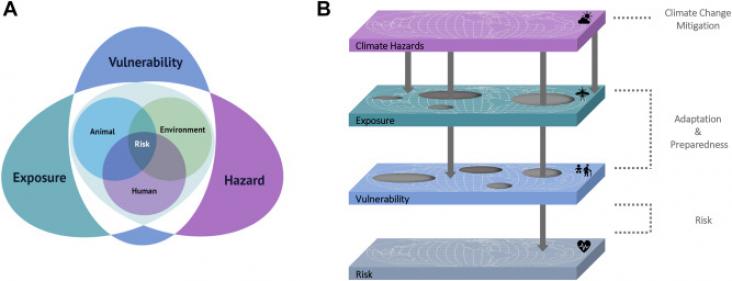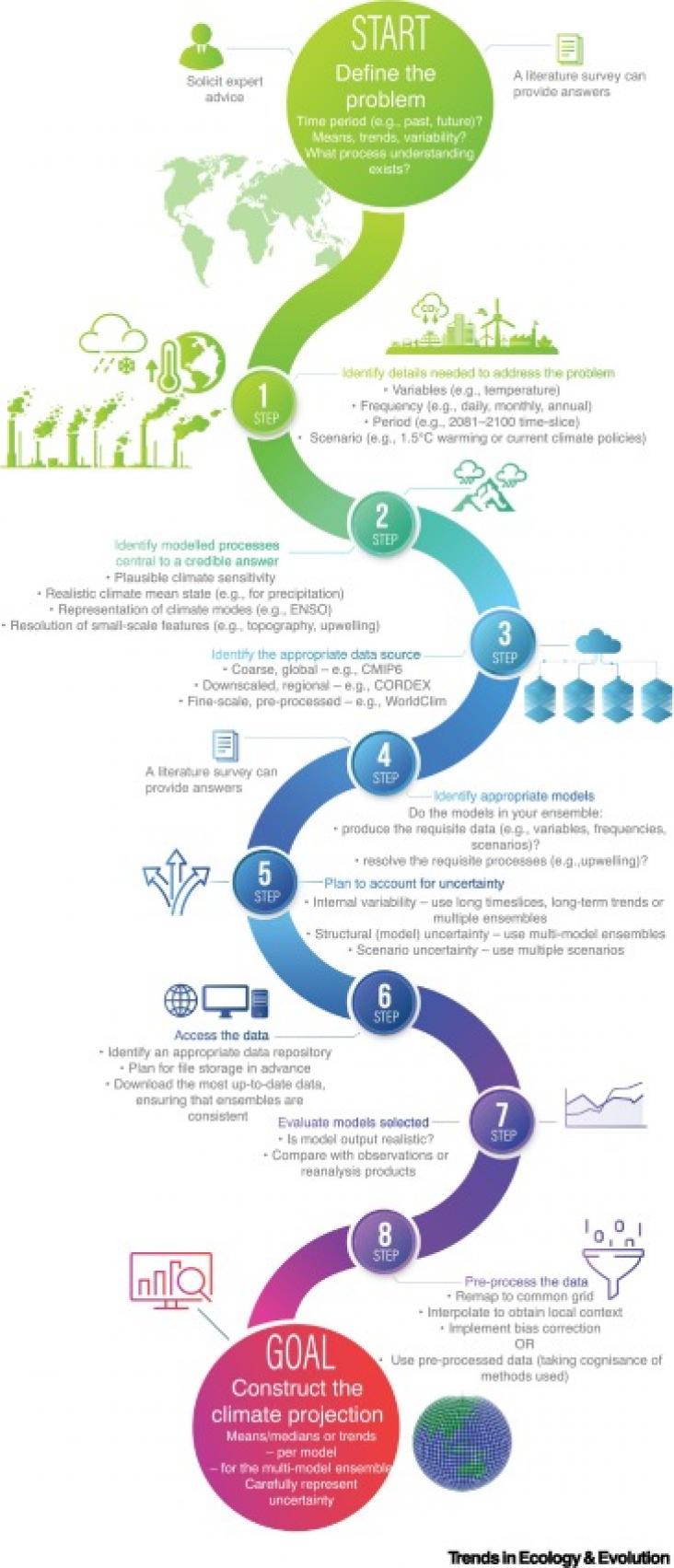UN's Summit of the Future 2024: Paving the Path for SDG Resources
Conservation scientists often aim to modify animal behaviour for management. However, there are ethical/welfare issues associated with this. The authors provide a decision support tool to assess the ethical considerations of modifiy animal behaviour against alternative options

WE Empower Pitch Night, hosted by Diane von Furstenberg, will be a dynamic evening event bringing together top business leaders, the media and other key influencers to participate in an innovative

As we enter the ninth year since the adoption of the UN Sustainable Development Goals (SDGs) in 2015, the pressing need to meet these ambitious objectives becomes ever more evident.

In this episode of the "World We Want" podcast, Márcia Balisciano and David Emmett, from the Biodiversity Partnerships team at the Hempel Foundation, engage in a deep conversation. They discuss the importance of biodiversity conservation, and how our efforts toward preserving wildlife species should not ignore the human communities that surround and rely on them.

This health policy supports SDG 13 as it proposes a framework to tackle the emergence, transmission, and dispersion of climate-induced disease infectious disease

To plan for an uncertain future, life scientists are often required to use the output from climate models to develop recommendations for policy. The authors explain best practice for use of these models, this research supports SDG 2, 13, 14 and 15.
This article advances SDG # 15 and SDG # 11 by examining the large number of animals killed on road and establish how best to assess the problem so as to improve mitigation.
The study was conducted with the aim of investigating population diversification and characterization morphologically which helps to fill the gap of molecular characterization on the population of donkey.
The study shows the investigation concludes that the Nanowarming of cryopreserved ovarian tissue has the potential to protect the tissue from cryoinjury in sheep.
